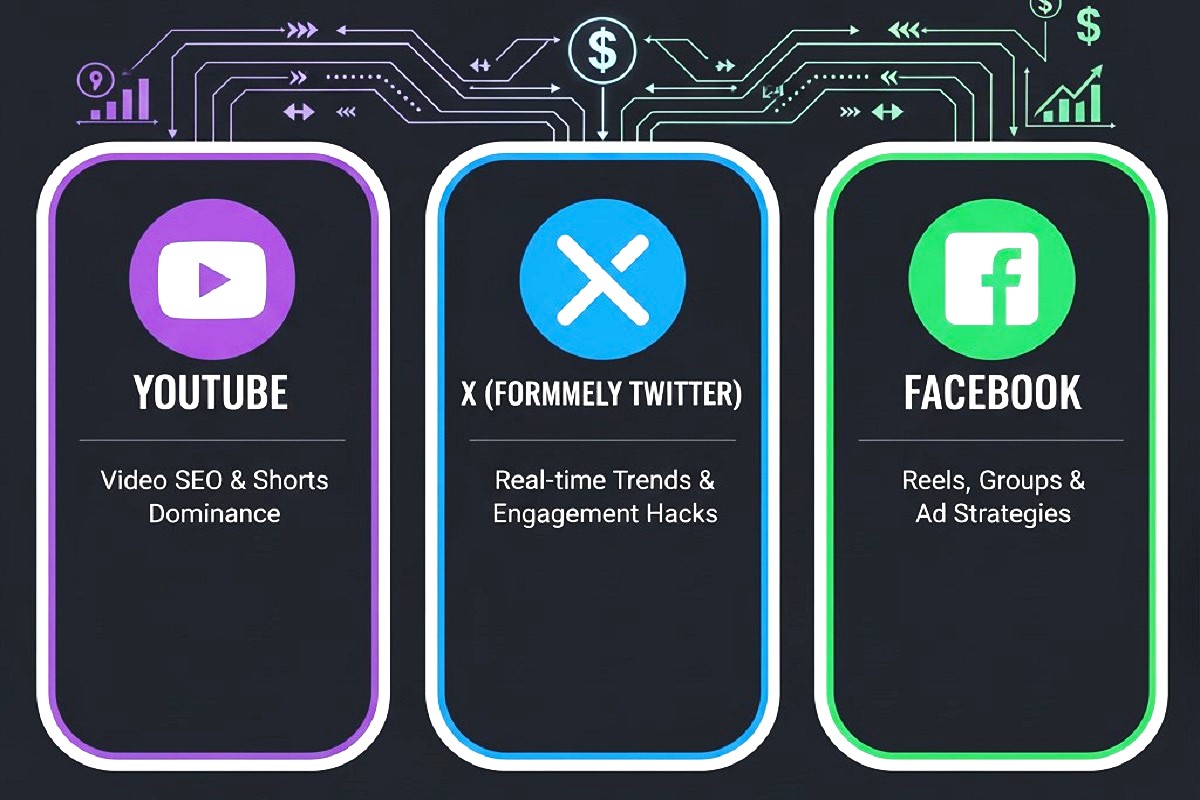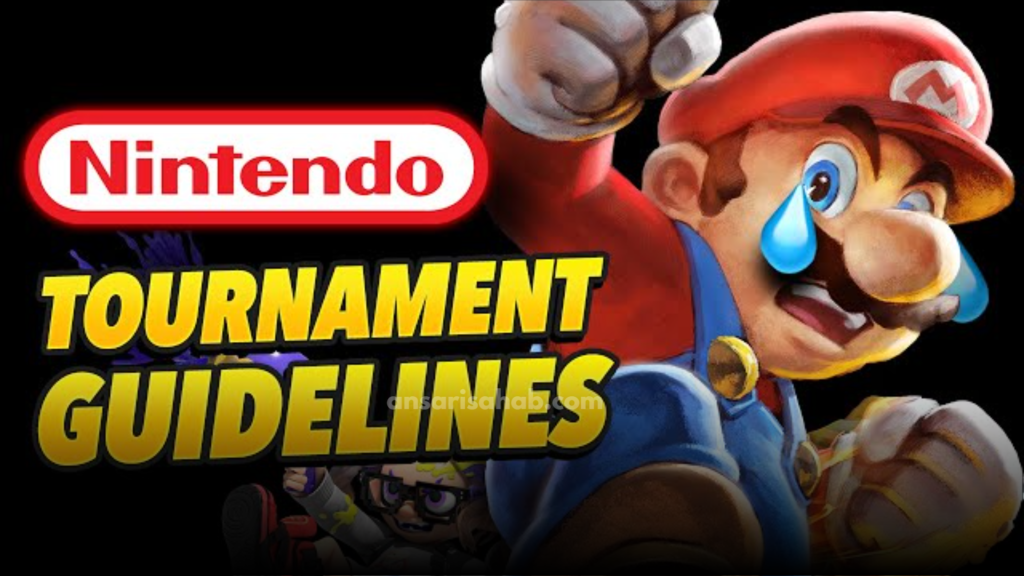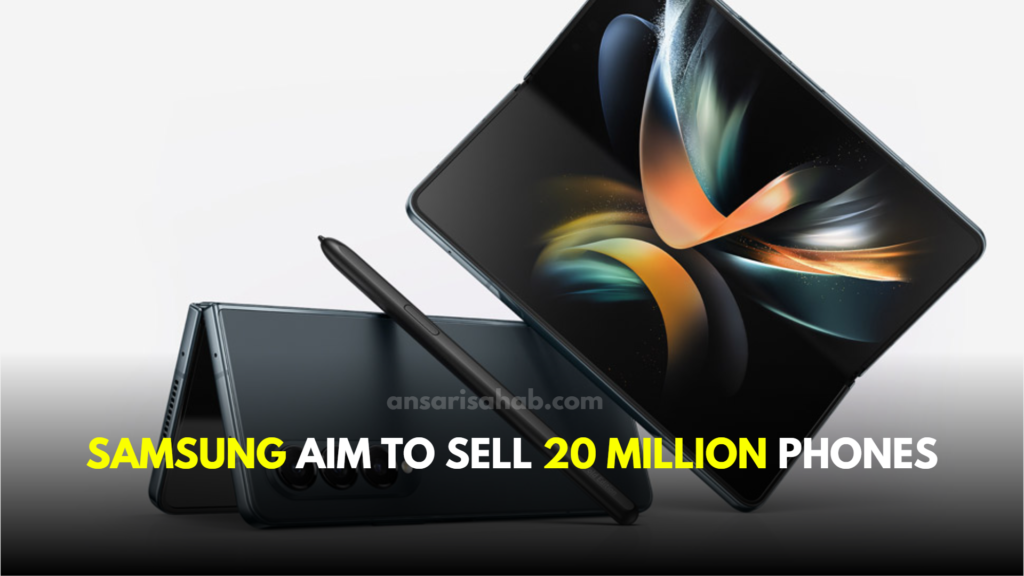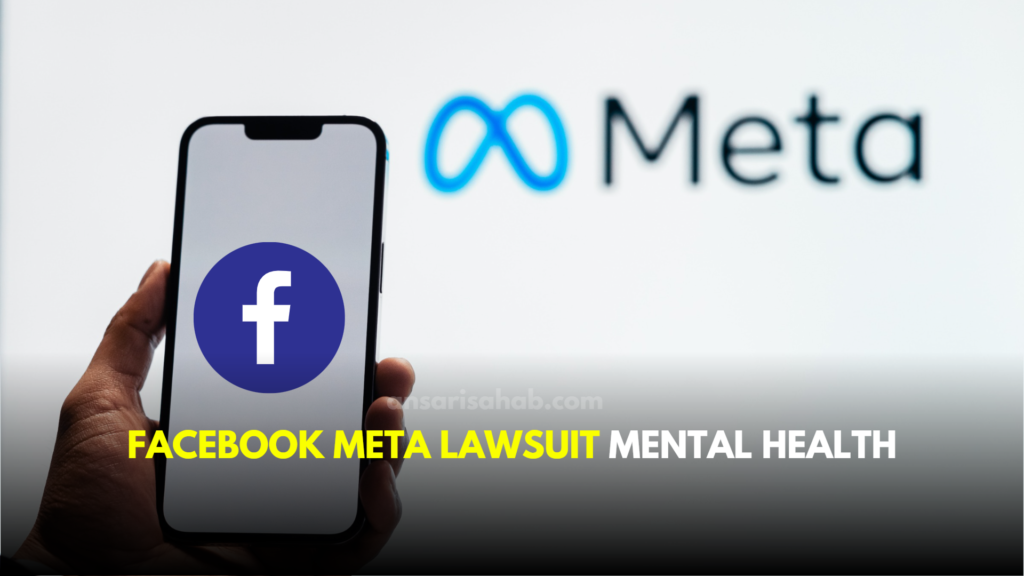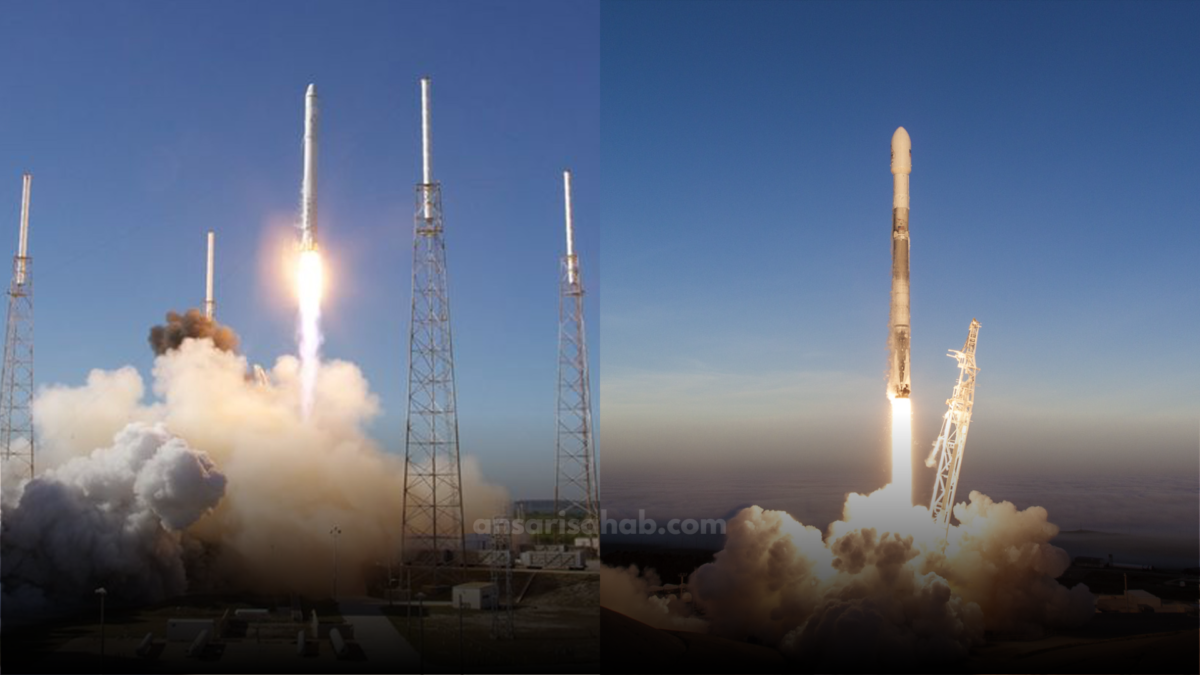Key Algorithm Shifts Hit in 2025
Major platforms—including YouTube, X (formerly Twitter) and Facebook—have rolled out significant updates to the social media algorithms 2025, affecting how content is ranked, recommended and monetized. These changes mark a turning point for creators and marketers seeking visibility and earnings in a more complex ecosystem.
For example, one report shows that in 2025 algorithms now emphasise quality engagement, user intent and cross-format journeys more strongly than raw volume. Another breakdown identified micro-influencers as emerging winners since the algorithm tweaks favour higher engagement rates over size of audience.
Understanding these shifts is vital if you want to adapt your strategy and protect your reach and monetization prospects in 2025.
What’s New in the Social Media Algorithms 2025
Engagement Quality Trumps Follower Count
The social media algorithms 2025 place greater emphasis on signals such as comments, shares, saves and watch time rather than simply likes or follower count. According to a 2025 guide, key ranking signals now include watch time, engagement rate and user interest modelling. This shift means creators must focus on meaningful interactions and content that prompts discussion rather than just high-volume posting.
Platform-Specific Tweaks on YouTube, X & Facebook
- On YouTube, recommendation systems prioritise longer watch sessions, completion rate and viewer return visits—making retention a major metric.
- On X, algorithm changes aim to reduce negativity and promote “unregretted user-seconds,” as announced by the company’s owner early in 2025.
- On Facebook, the algorithm increasingly demotes unoriginal or repurposed content; it actively seeks authentic, new posts.
Across platforms, the broader trend in the social media algorithms 2025 is to reward original formats and discourage recycled, low-value content.
Monetization and the Algorithm Link
Because algorithmic visibility and monetization are tightly linked, creators must align content strategy with platform rules and signals. For instance, platforms reduce monetization eligibility for content flagged as reused or low-value. The algorithm updates make monetization dependent not only on reach, but on retention, interaction quality and compliance with platform policies.
In short: reach alone is no longer enough; algorithmic favour requires strategic alignment with the new signals.
Why These Changes Matter for Creators and Brands
For creators and brands, the social media algorithms 2025 mean a recalibration of strategy. High-volume posting with minimal engagement no longer guarantees visibility. Instead:
- Creators should invest time in content that sparks conversation, invites shares, and retains viewers.
- Brands need to test formats, posting times and content types—algorithms favour creators who iterate and optimise.
- Micro-influencers (1K-100K followers) stand to gain: engagement rates in this group now outperform many larger accounts.
From a business perspective, brands relying only on boosting posts or following old tactics will risk falling behind. The algorithm changes make creative relevance and data-driven optimisation more important than ever.
How to Adapt Your Content Strategy
Tailor Content to Signals
To make the most of the social media algorithms 2025: focus on formats that boost retention (videos, series), prompt interactions (polls, questions), and encourage sharing across platforms.
Platform-Specific Strategies
- YouTube: Create longer-form or episodic content to optimise for watch-time and session length.
- X: Use timely, conversational posts; aim for interaction rather than broadcast.
- Facebook: Prioritise original posts, reduce reuse of old materials, and engage within groups and pages.
Test and Optimise Continually
Because algorithms are evolving, keep testing: vary posting times, formats, captions and calls-to-action. Use analytics to track retention, engagement rate and viewer return. According to expert guidance, algorithm changes rely heavily on real-time data and A/B testing.
In short: creating great content plus smart optimisation equals success in 2025’s algorithm-driven environment.
What It Means for Reach and Monetization
Creators who adapt to the social media algorithms 2025 can increase reach and unlock monetization opportunities. Platforms favour content that drives user engagement and keeps viewers on the platform. Conversely, creators relying on clickbait, repurposed content or minimal interaction may see reduced reach and monetization.
For marketers and agencies, the shift signals a need to invest in long-term audience building, meaningful interactions and authentic voices rather than rapid scale tactics. The algorithm updates essentially raise the bar for “good content”.
For audiences, the changes may improve relevance and content quality—but creators must keep up with the signals to stay visible.
FAQs
They are the updated ranking systems that platforms like YouTube, X and Facebook use in 2025 to decide which content appears to users, prioritising signals like engagement quality, retention and originality.
Focus on meaningful interactions (comments, shares, saves), create original content formats, test posting times and formats, and retain viewers to meet the new thresholds of the social media algorithms 2025.
Follower count remains relevant, but engagement rate, watch-time, retention and content authenticity now matter more under the social media algorithms 2025—making active, engaged audiences more valuable than large, passive ones.

